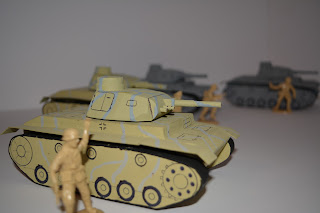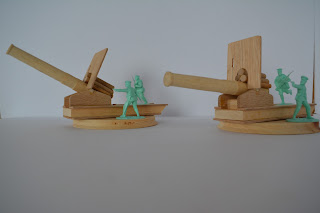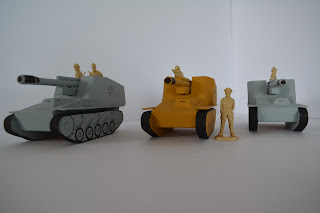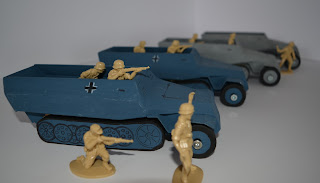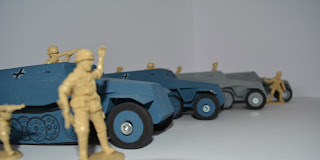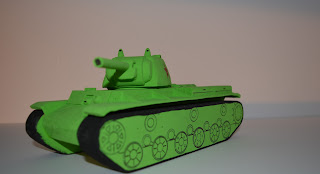Petite Infanterie needed a Panzer IV in is line-up. Why? The Panzer IV could be considered the most important german tank of WWII.
As summarize in
Wikipedia:
"The Panzerkampfwagen IV (PzKpfw IV), commonly known as the Panzer IV, was a
German medium tank developed in the late 1930s and used extensively during the
Second World War. Its ordnance inventory designation was
Sd.Kfz. 161.
The Panzer IV was the most widely manufactured
German tank of the Second World War, with some 8,500 built. The Panzer IV was used as the base for many other fighting vehicles, including the
Sturmgeschütz IV assault gun,
Jagdpanzer IV tank destroyer, the
Wirbelwind self-propelled anti-aircraft gun, and the
Brummbär self-propelled gun.
The Panzer IV saw service in all combat theaters involving Germany and was the only German tank to remain in continuous production throughout the war. Upgrades and design modifications, intended to counter new threats, extended its service life. Generally, these involved increasing the Panzer IV's
armor protection or upgrading its weapons, although during the last months of the war, with Germany's pressing need for rapid replacement of losses, design changes also included simplifications to speed up the manufacturing process."
Panzer IV, a versatile design
To be able to cover all the evolution of the Panzer IV during the war, my brother built two types of turrets. One with the short 75mm and one with the long 75 mm barrel.
 |
| Our Panzer IV come in two camo colors: "Blue Panzer" and "Desert Yellow" |
 |
| An example with a short barrel |
 |
| The same tank with the long barrel |
Panzer IV, making the model at 1/32 scale
Here a couple of pictures of the making of the Panzer IV. It's not a tutorial ( I know, I know, maybe next time).
To be sure that our Panzer IV would be acccurate and at scale, we used George Bradford's book:
German early war armored fighting vehicule
 |
| Tracks before painting |
 |
| Turret from the wood block to the final shape |
 |
| The beast partly built |
 |
| The Panzer IV works.. |
 |
| The assembly line |
Panzer IV, being among its infantery men
 |
| Showing the suspension entirely drawn |
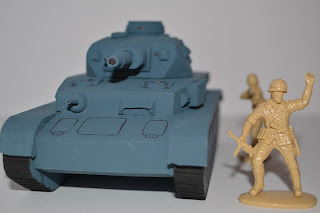 |
| That guy seems to be very enthusiastic about the new tank |
 |
| Let's go forward!!!!! |
 |
| Charcoal Marx and Desert Yellow; interesting mix! |
That's all folks! Your comment are always welcome!

